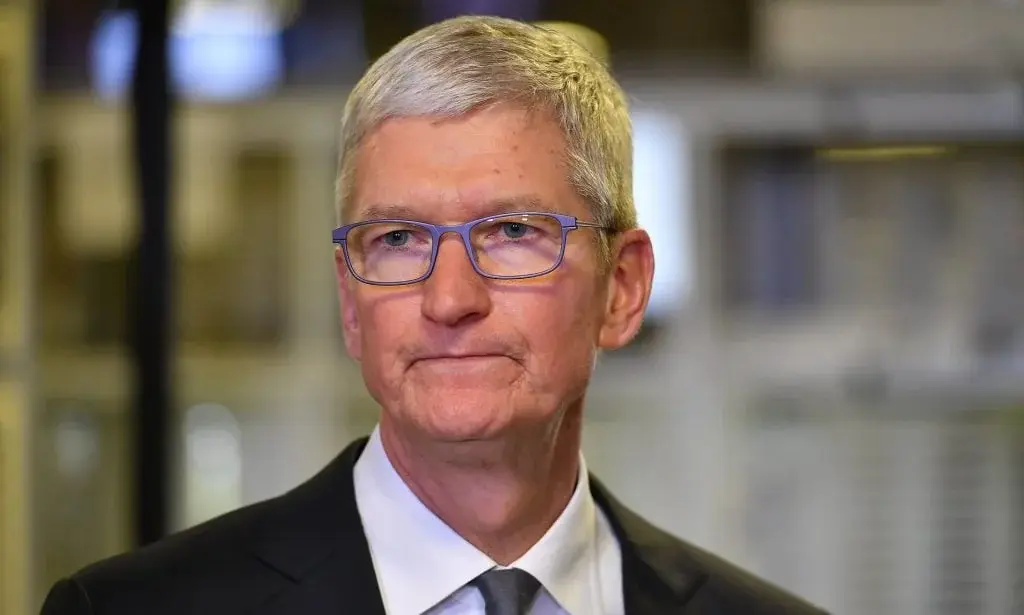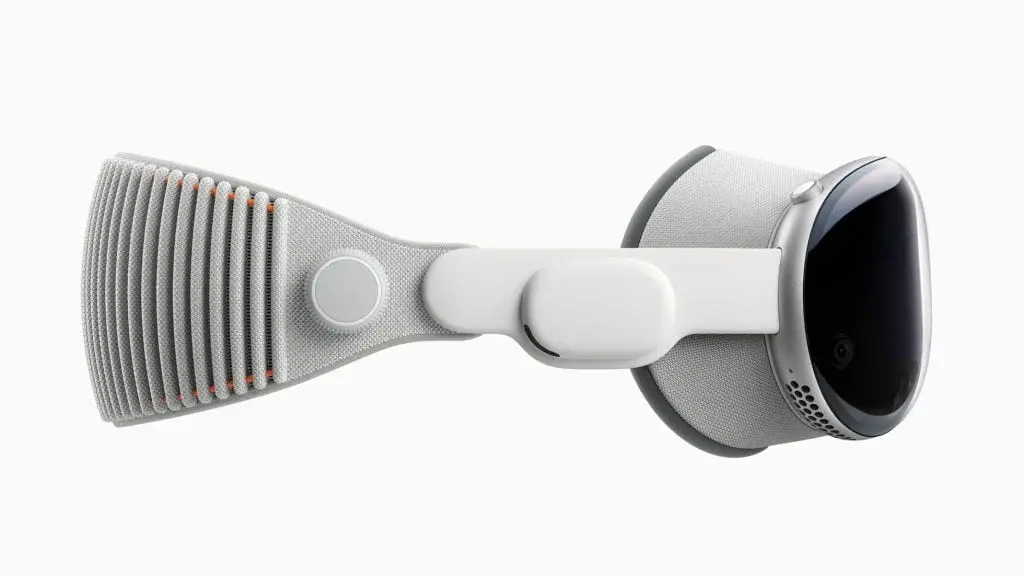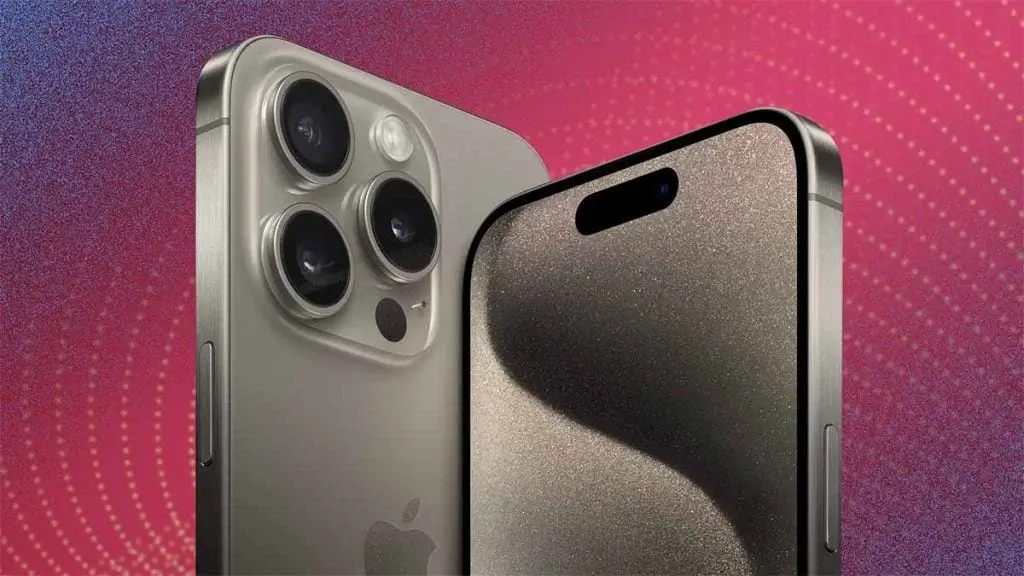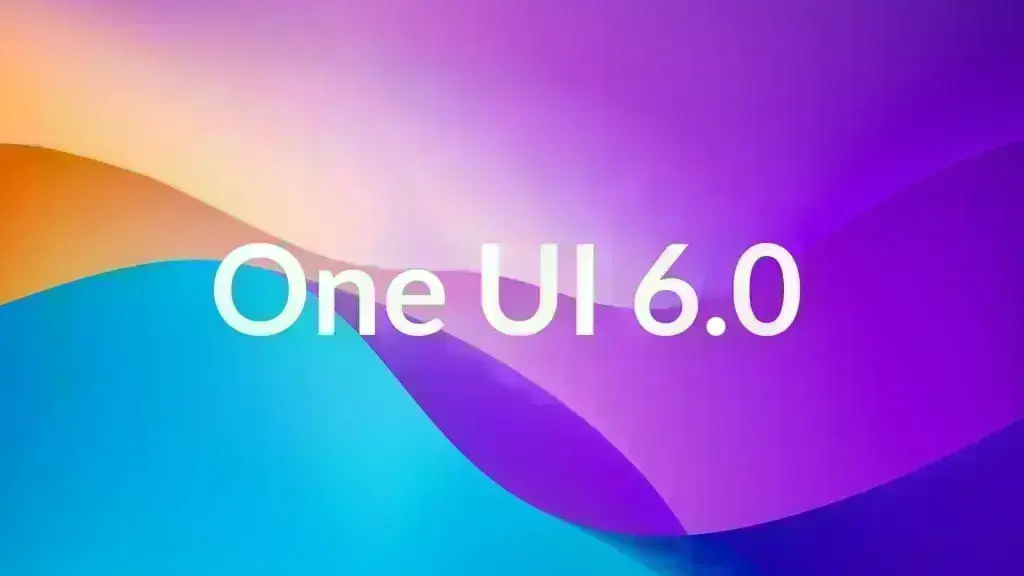Production of OLED Panels for iPad Pro Kicks Off
According to a recent report from South Korea, production of OLED panels for the upcoming iPad Pro models has begun. Samsung Display and LG Display are expected to manufacture these OLED displays. Here are all the details.
Samsung Display Begins Production of iPad Pro's OLED Panel
As reported by TheElec, Samsung Display has started the production of OLED panels for the iPad Pro this week. Previously, it was believed that LG Display would begin production in February 2024. However, the latest report suggests that LG is already manufacturing OLED displays for the next-generation iPad Pro. Currently, it is producing 13-inch displays, while the production of 11-inch OLED panels is expected to follow soon.
Two New iPad Air Models and Two New OLED iPad Pro Models
Apple is working on the release of two new iPad Air models and two new OLED iPad Pro models in the second quarter of this year. LG Display is not the only supplier of OLED panels for these devices, as Samsung Display is also expected to start OLED production later this week. LG Display will focus on manufacturing 13-inch OLED panels, while Samsung Display will primarily produce 11-inch variants.
Pricing and Specifications Still Unknown
Unfortunately, specific details regarding the pricing and specifications of these new iPad Pro models are still unknown. However, it is speculated that the new iPad Pros will be equipped with the Apple M3 processor, which may result in a slight increase in price compared to its predecessor. Additionally, new accessories such as a new Magic Keyboard and Pencil accessories may also be offered. Stay tuned for more updates as more information becomes available.










